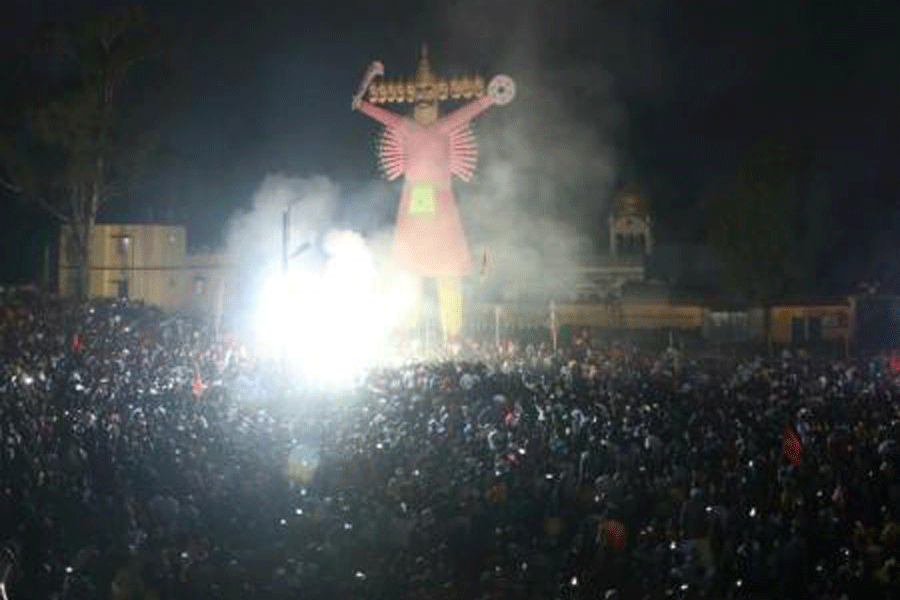Air quality of Jharkhand’s capital Ranchi and coal hub of Dhanbad in the pre-Diwali period shared by an environmental NGO on Wednesday points to an escalation in air pollution and a rise in particulate matter concentrations.
“This escalation in air pollution, coupled with the rise in particulate matter (PM) concentrations, underscores the need for vigilant monitoring and prompt measures to mitigate the deteriorating air quality conditions, especially with the upcoming festivities of Diwali and the onset of winter,” said outreach lead SwitchON Foundation, Gargi Maitra.
“The upcoming Diwali festivity is a major concern for the entire state of Jharkhand as market penetration and people’s awareness of green crackers are very low in the state according to a previous year study carried out by our NGO,” added Gargi while sharing the report with the media at Ranchi.
Incidentally, Jharkhand emerged as India’s eighth most polluted state according to the Air Quality Life Index (AQLI) annual report released in June 2022.
While Jharia had topped the list of polluted towns in India among the 313 surveyed in a 2019 Greenpeace India (Airpocalypse-IV) report, Dhanbad was the second most polluted. The report found that PM (particulate matters) 10 level in Jharia was 295 µg/m3 (micrograms per cubic meter) in 2017. Greenpeace said Jharia’s air would have 207 µg/m3 of PM 10 even if air pollution levels were trimmed by 30 per cent by 2024.

Smoke from crackers burst on Dussehra at Sindri, Dhanbad, on October 24. Shabbir Hussain
Dhanbad followed Jharia to be the second most polluted city in the same report having PM-10 level at 264 µg/m3.
The report states that the air quality and pollution at Ranchi and Dhanbad have been studied based on two major parameters of contamination of city air i.e. PM 2.5 and PM 10. The dataset for Ranchi has been obtained from the Jharkhand State Pollution Control Board (JSPCB), and that for Dhanbad from the Central Pollution Control Board (CPCB) Continuous Ambient Air Quality Monitoring Station (AAQMS) website.
“In Ranchi, it is observed that in the past seven days (October 29-November 4) the air quality of the city remained mostly in the moderate category (100-200). In between the post-Durga puja and pre-Diwali period, the average PM concentration has remained relatively close to the permissible limits. The week ended with deteriorating air quality, possibly compromised due to increased Diwali firecracker bursting, and rising PM and SO2 (sulphur dioxide) levels, a critical concern with the approaching winter,” the report points out.
“With the advent of winters, we witness the deterioration in air quality, exacerbated by the significant role of firecrackers, especially in the aftermath of Diwali. Cities struggle to breathe as they transform into polluted gas chambers during the winter season. It’s our collective responsibility to say no to firecrackers and strive for cleaner air,” said SwitchON Foundation managing director Vinay Jaju.
In Dhanbad, the AQI (air quality index) was mostly moderate in the same time frame. From November 4 the AQI has started rising to indicate an alarming level of AQI in the city in the pre-Diwali period.
Simultaneously, there has been a discernible increase in the levels of PM2.5 and PM10 in the ambient air.
“To maintain the general air quality status of these cities, the city dwellers need to be directed towards green crackers which will lead to a minimum 30 per cent reduction of particulate pollution, sulphur dioxide, and nitrogen dioxide as green crackers avoid the use of potassium nitrate, sulphur, barium substances,” the report recommends.











